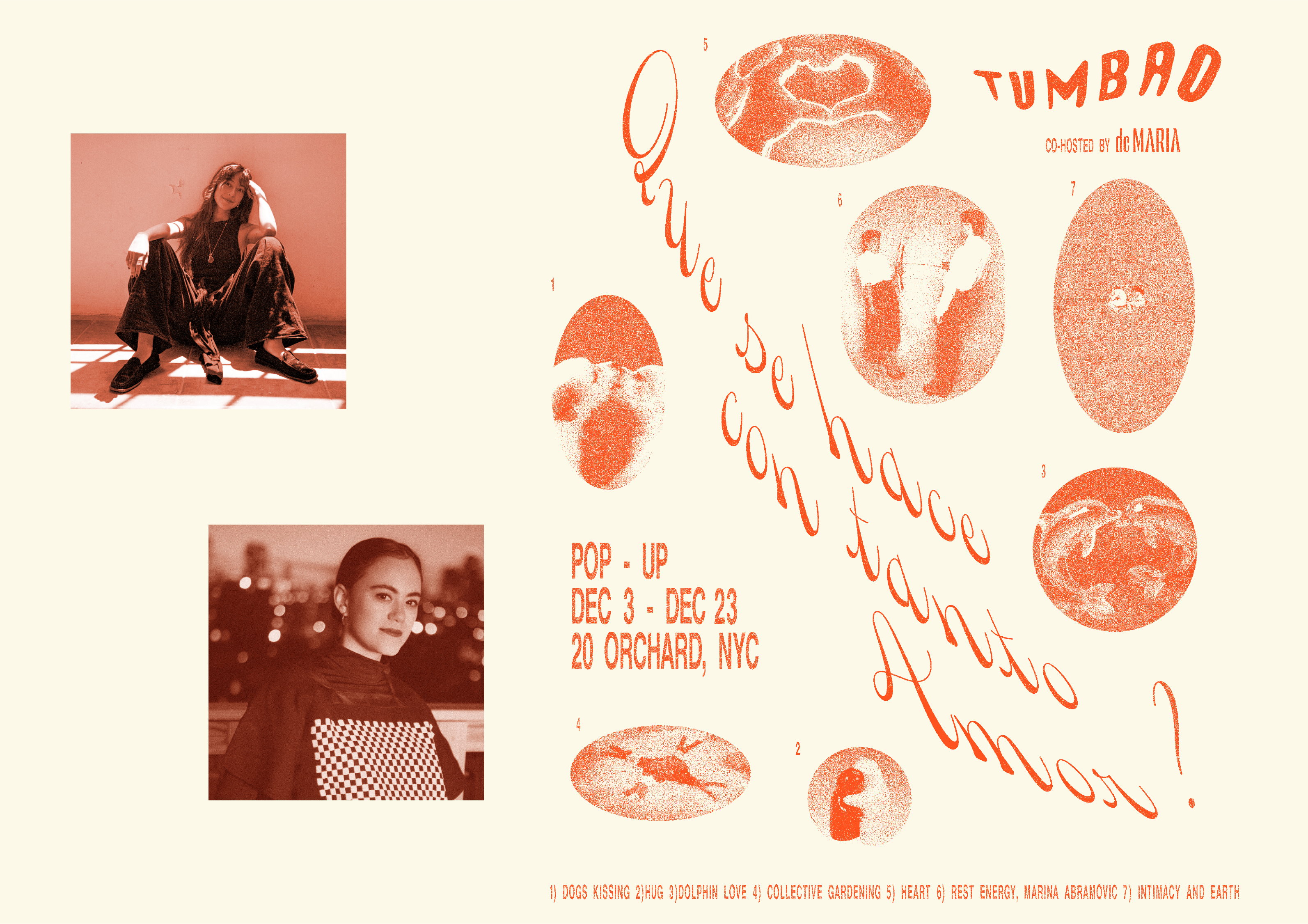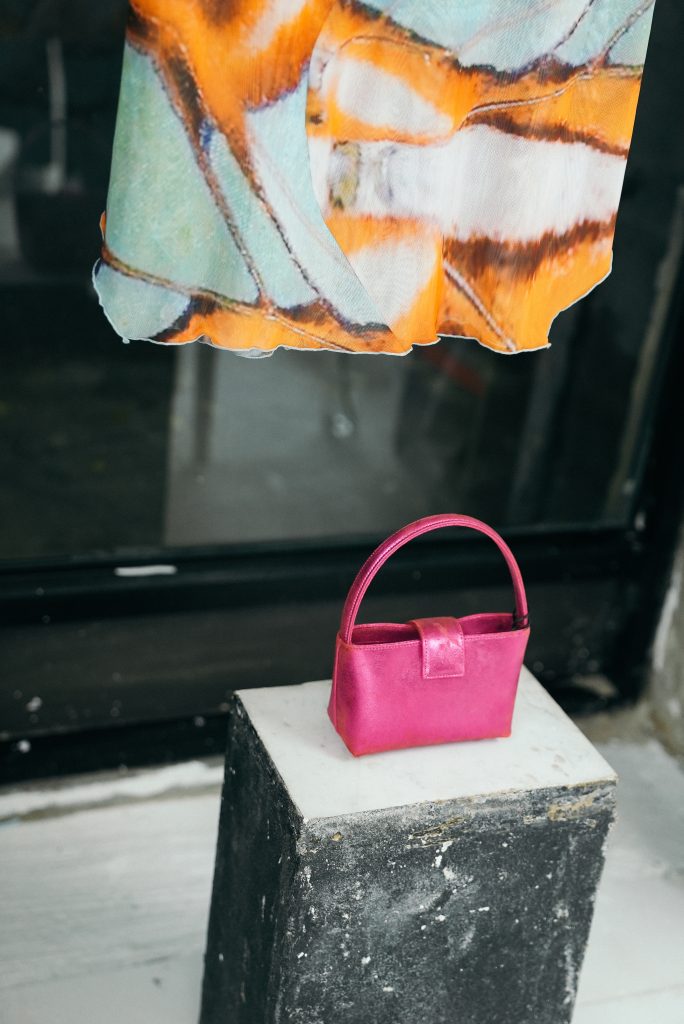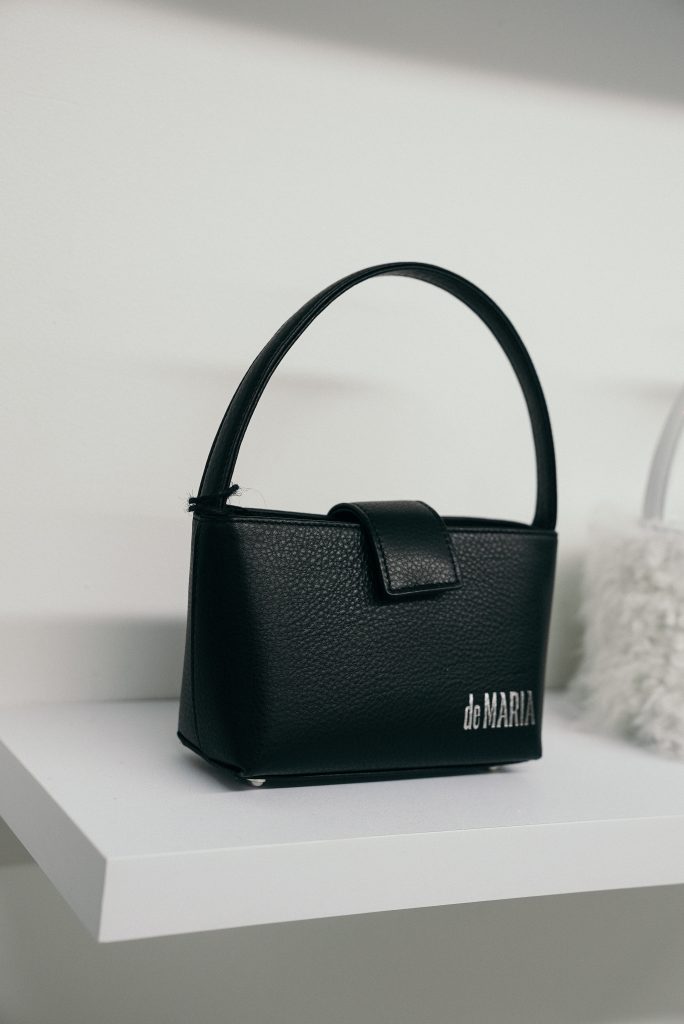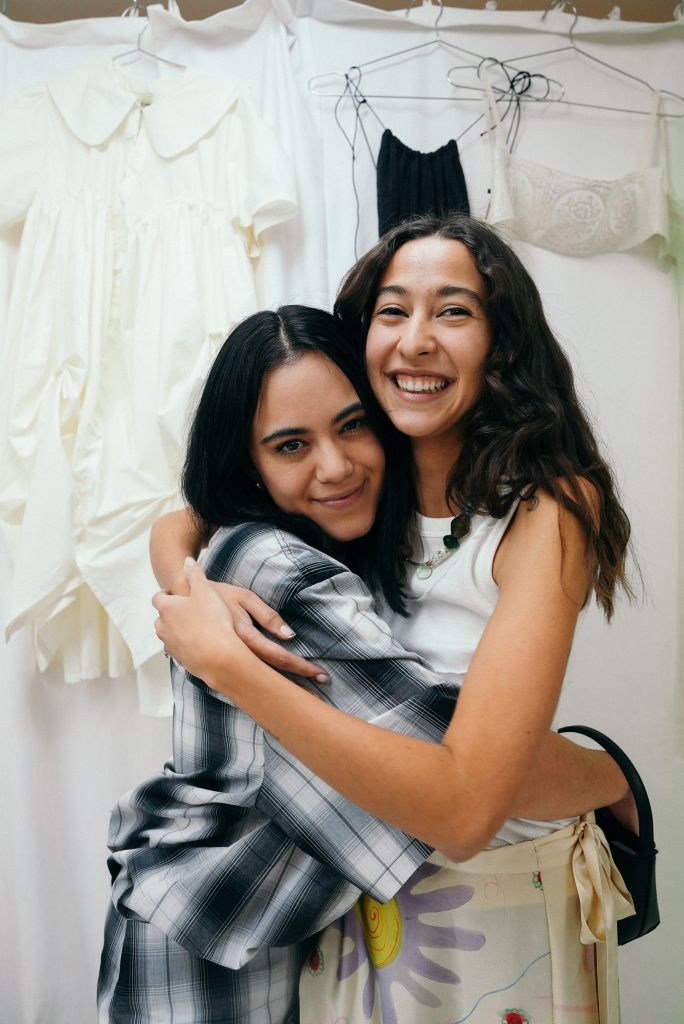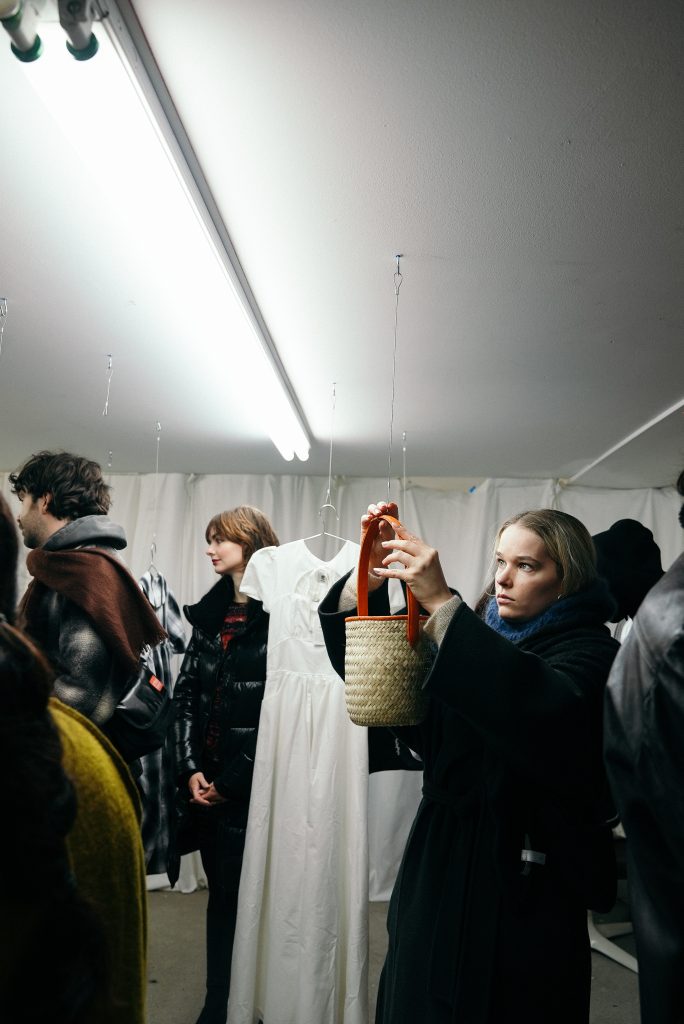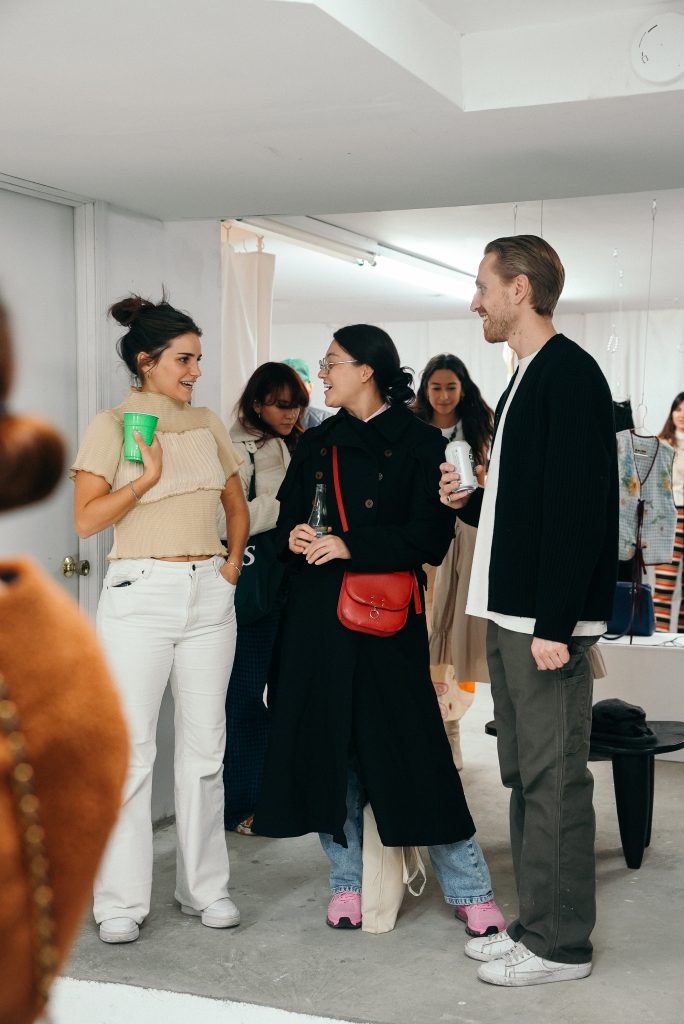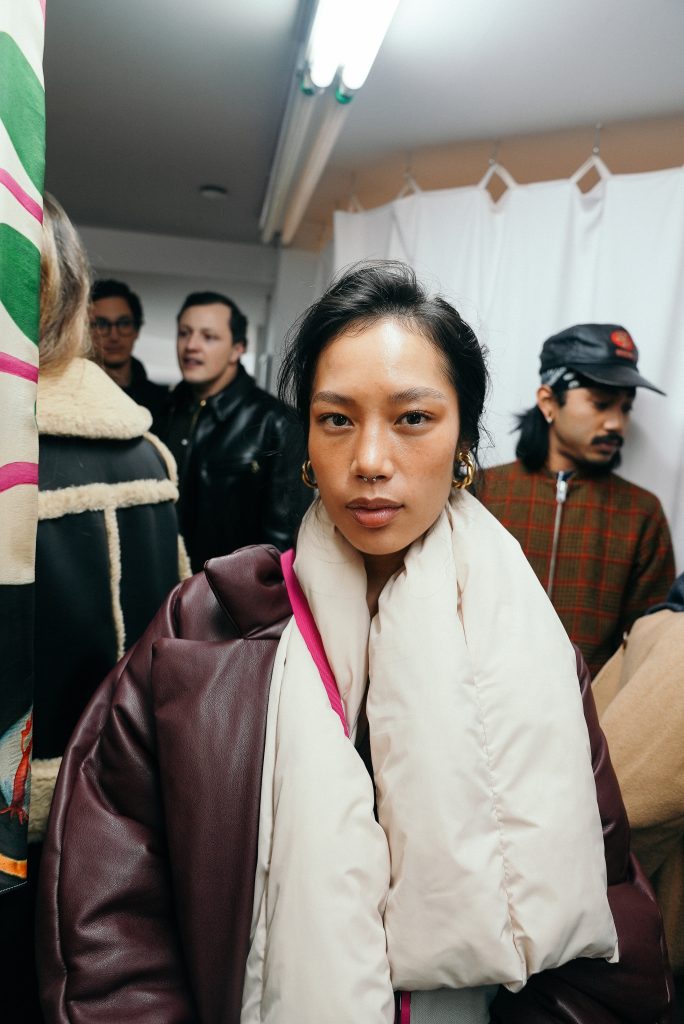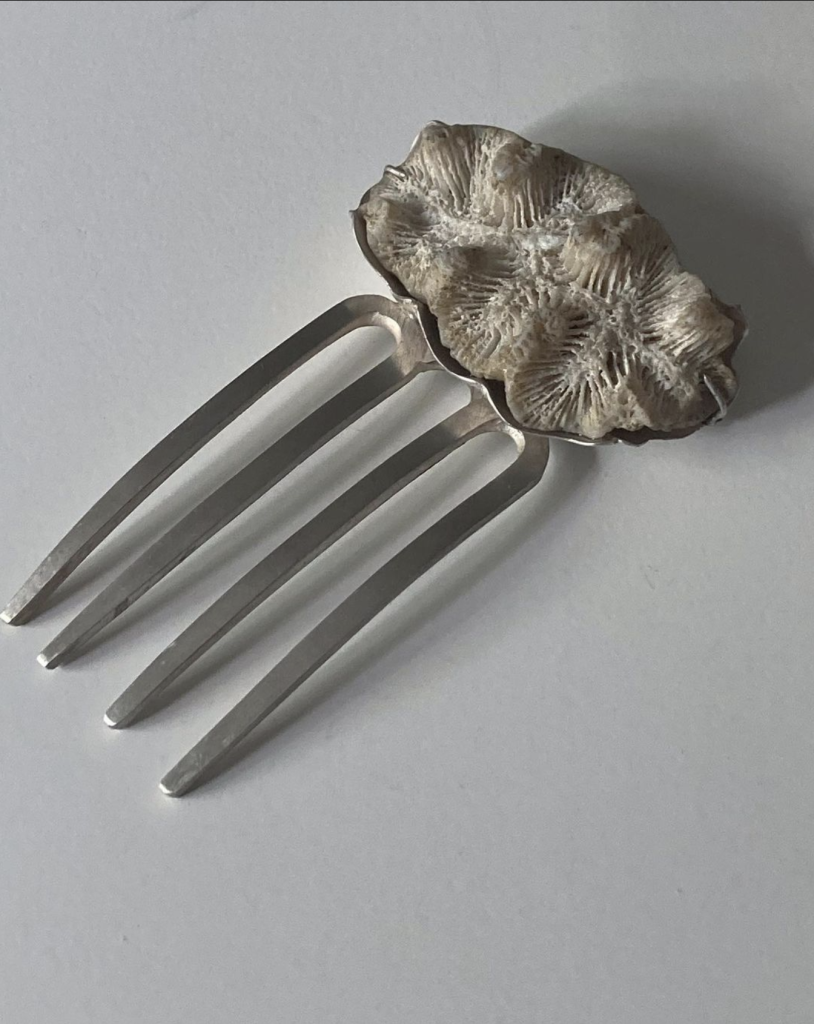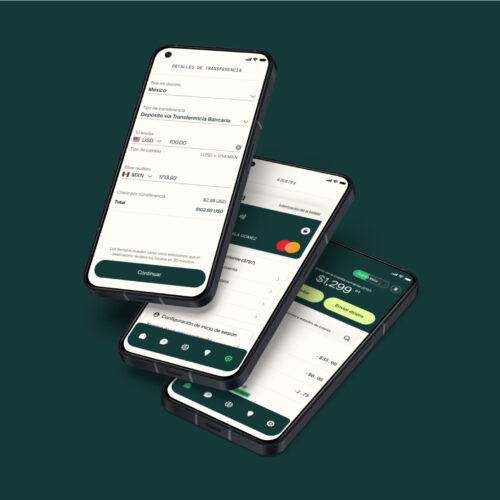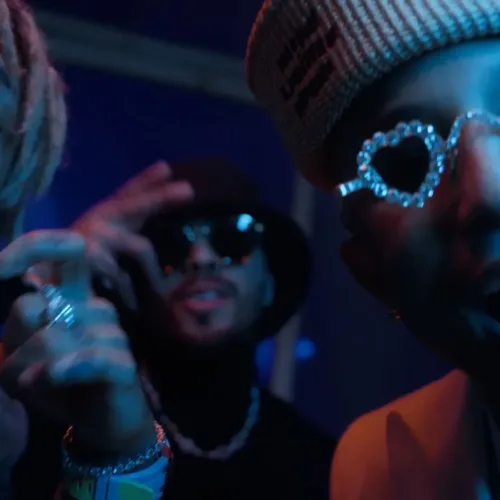After working a few years in the fashion industry, Valentina Pozo felt that she hadn’t seen the full potential for a space for Latin art, design, community, and hospitality realized. The result? She founded her own: TUMBAO. TUMBAO, launched two years ago, is a pop-up concept showcasing the work of emerging Latin American designers, creatives and artists. Weaving short-term retail experiences with a contemporary celebration of Latinidad, TUMBAO uses fashion to tell the stories of young artists at a time when the world is looking to Latin America for freshness, talent, and authenticity.
The range of products showcased at each pop-up are vast, from intricately woven clothing and jewelry from Colombia, to experimental knits from Ecuador, to hand-painted silks by the organizer herself, and much more.
Pozo’s first time launching one of these pop-ups was in Williamsburg, New York on a whim, “I didn’t really know exactly what I wanted to do, but I knew I wanted to be there,” she shared. That whim developed into a full-scale pop-up concept, resulting in iterations like A Chambear A Chambear, a retail, performance and art collaboration with designer Sabrina Ol, hosted in Mexico City earlier this year.
Now, Pozo has brought TUMBAO back to New York under the name Que Se Hace Con Tanto Amor? [What Do You Do With All This Love?] — this time collaborating with Genoveva Pedrero, the designer of Mexican footwear and accessory brand de María. Similar to Pozo, Pedrero saw an absence of Mexican designers, but saw Mexican designs appropriated by European brands. She took the matter into her own hands and drew inspiration from her home, Chiapas, to develop a beautiful line that she worked with Mexican artisans to produce.
These two Latina powerhouses have come together to curate a unique and empowering retail experience. Ahead of their launch party on Saturday, December 10th, we caught up with Pozo and Pedrero to discuss community, collaboration, and what it means to foster the creativity of Latin artists.
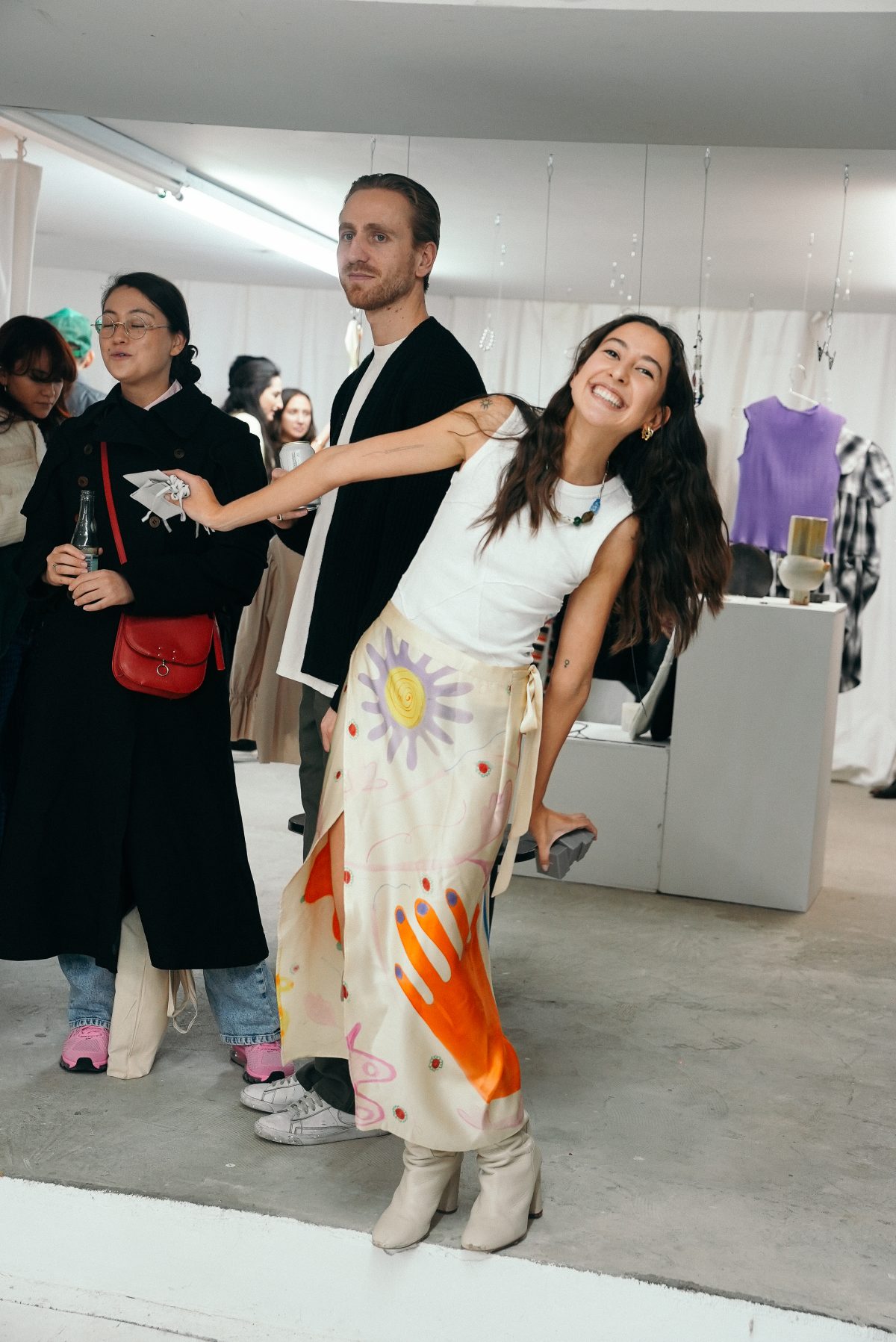
Pozo at the opening of TUMBAO.
This conversation has been edited for length and clarity.
My first question is for Valentina. Tell us about your journey with TUMBAO in the past two years. How have things grown from when you started in the winter of 2020 to where it’s at now?
I started out in the industry working in fashion as a sales associate at different small businesses, essentially taking on manager roles because they had really small teams. From there, I began helping put together pop-ups for other international brands and one of the locations where we hosted was this space in Williamsburg, Brooklyn. After the pop-up was over, I stayed on the lease and invited some friends and their brands to share the space with me. I thought it was going to last two weeks, but it lasted 8 months. The space had this large area on the second floor where we started hosting exhibitions, and that’s where the experiential part of the concept began.
I was craving this bridge between the Latin community and the fashion and creative worlds. [The first pop-up] started to attract a lot of people. I realized this was something people were really responding to — not just Latinos, but the market in general. We put together an exhibition with Muxdelandia, a DJ set by Nicola Cruz, a chef’s dinner, an open studio with artist Cassandra Mayela… TUMBAO is more than just retail. It became this community, and through this I realized how much I enjoy customer service and hospitality.
Tell us about the values you had in mind when creating TUMBAO.
I think number one is quality, care, and execution of the work. A word that I use a ton when I look for pieces is tesorito, I want each piece to feel like you have a treasure in your hands. Objects that are crafted with a lot of care carry the energy of the people who made them. I think that people who come to shop can see that and can appreciate objects that require you to take a pause. The pieces are alive, and we’re calling to people who are looking for that.
The thing is, a lot of the concept is leaning towards hospitality but it’s also meant to be a store, gallery, community space, and cultural space. So the pieces are works of art and, to me, the curation and the merchandising informs a lot. Like, what does it mean to show a dress next to a sculpture? In A Chambear we saw a lot of that. And a lot of [the designers] tell me, “selling isn’t my strength.” So a pop-up like this is super important for them. And with my background in fashion, I know the stress of being a vendedora, and I hope that the TUMBAO platform can really be beneficial.
Also, friendship is everything! I tell the designers, to be completely honest this is just an excuse for me to meet people. This gives me the ability to reach out to people that I admire so much, and to form friendships with people who share the same values. It’s crazy to see how the designers become friends amongst themselves. Eso es todo para mi. That’s why this popup is called Que Se Hace Con Tanto Amor? because that has been the feeling at the end of the pop up every time. I cry at the end of every event we do, because I’m just so overwhelmed by how people show up, the gratitude that the designers have, and the support we have from friends who help with the installations. It’s so overwhelming, it makes me think, “que se hace con tanto amor?” , where do you put it? TUMBAO is really a container for all of that love.
- de Maria bags at the TUMBAO opening.
- de Maria bags at the TUMBAO opening.
Genoveva, you’ve described your brand de María as “an ethical accessories line celebrating the power of design collaboration beyond borders, working with local Mexican artists and materials.” Tell us about how you started de María.
TUMBAO actually played a big role in me founding de María. I remember going to the first TUMBAO in Williamsburg and being so amazed at all of these Latin designers. I remember thinking — could I do this? Could I be a part of this?
I was born in Chiapas, Mexico. I lived there until I was four and then my family and I lived in San Diego, then we moved back to Mexico for high school. It’s crazy how it takes leaving to recognize how fortunate you are and how rich your culture is. In Chiapas, we have a really beautiful artisanal community especially with textiles and weavings, but growing up it wasn’t really cool to wear local things, you wanted American brands. I was at a store abroad and saw these really beautiful painted boots with flowers, they were like $1,000. My grandma looked at me and said, ‘These look exactly like what they make in Chiapa de Corso.’ That’s when it hit me like ‘Why am I so excited about these European designs when they’re actually stealing from my culture?’ That made me reassess what’s important to me, [I began] wondering how they’re making things in an ethical way with good materials.
What does it mean for you to be producing your pieces in Mexico?
It is very important for me to pay homage to my roots. To me, being from Chiapas makes me insanely proud. When I was born, there was a revolution in Chiapas with the Zapatistas and we had to leave. I think that’s something that’s always affected me emotionally, that my home had been taken away from me. So I think for me it’s all about finding your roots.
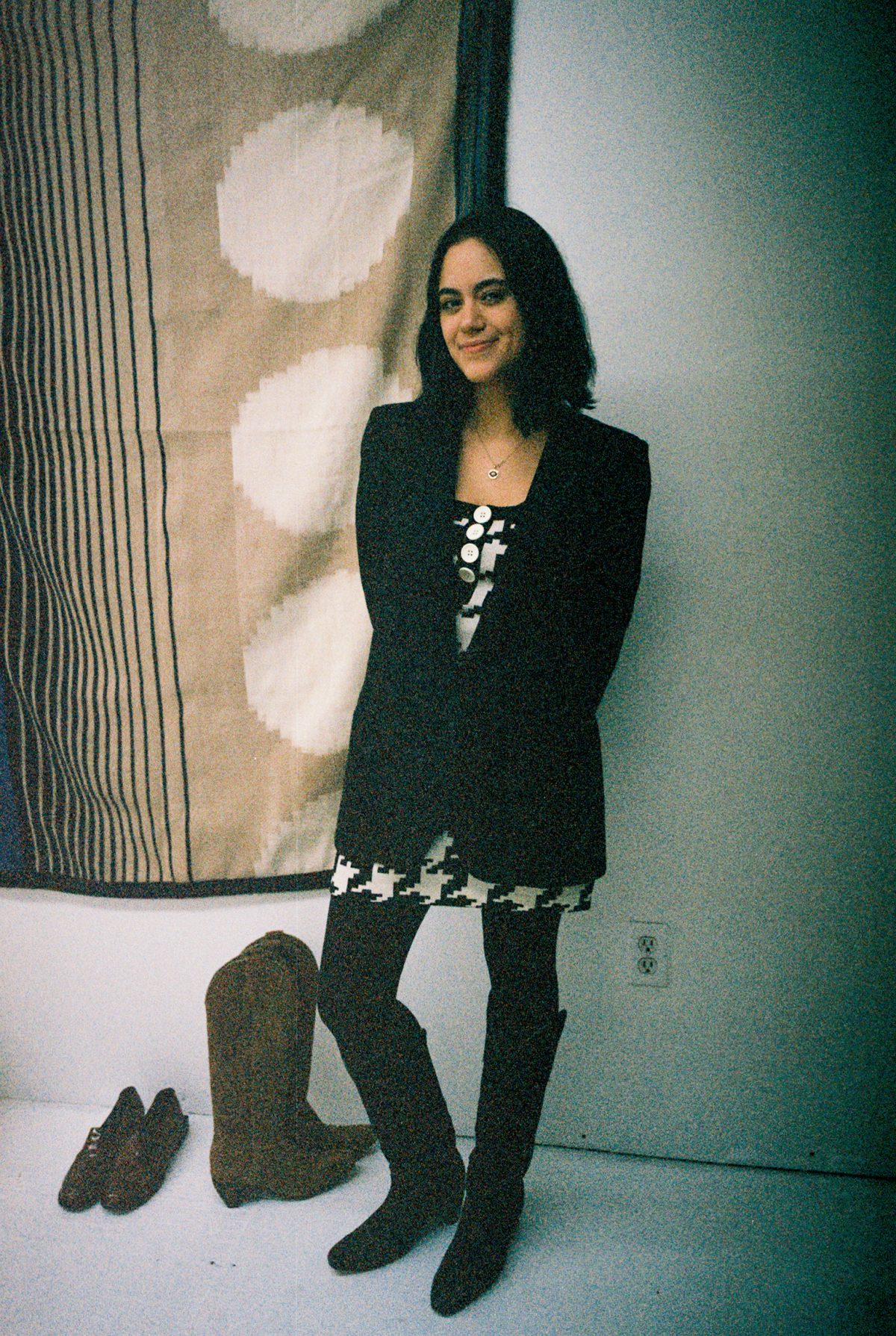
Pedrero at the TUMBAO opening.
How did the collaboration between de María and TUMBAO come about? What values do you share in this partnership?
To me, there is no store like TUMBAO in the world, especially in New York right now. As a designer, I can’t tell you a place where I would be as excited to be [a part of] as TUMBAO. It’s so important to be presented in a space where the customers understand that the pieces here are art. All of our products are completely 100% handmade, and hand cut. They’re very intricate to make and it’s a long process. I know that in this environment, all of these designers are in the same headspace. I know that we can all thrive here together. It’s incredible what all of these designers are doing, and the way that Valentina has the talent to seek it out, understand it, nurture it, and promote it at this level is amazing. Not anyone could do this. There are so many limitations to having a brand, but because of TUMBAO, I’ve gotten reached out to by other stockists.
Valentina: All of the designers based in Latin America tell me that when they are able to have their pieces brought to New York and sold here, that they come back with so much more brand recognition. They’re so excited to be in New York. So we put a lot of emphasis into communication with the designers who are in Latin America and can’t be there. I know that they are anxious and I want them to feel taken care of. They end up being pretty happy at the end of the pop ups.
- TUMBAO opening at 20 Orchard Street.
- TUMBAO opening at 20 Orchard Street.
- TUMBAO opening at 20 Orchard Street.
- TUMBAO opening at 20 Orchard Street.
Valentina, your last events took place in Mexico City and before that in New York. Any plans to take TUMBAO back to Latin America, maybe to Quito where you’re from, or even LA?
Everyone tells me to go to LA! I would love to team up with somebody there to make it happen. I think it would work so well there. If I’m being serious, I’m interested in doing a casa cultural. It’s really important to me that TUMBAO is malleable, and that it involves a lot of culture. For example, I really like book readings and exhibitions and panels and I love the hospitality aspect of it. I’m also interested in dinners or restaurant concepts. Geno and I were talking about diversity and the designers that I source, and how to give an opportunity to more Latin American designers. I’ve thought a lot about creating a residency, where they can have an exhibition in our space. That would be really full circle for me.
So you’re not only wanting to give a platform but also foster their work and give them a space to create. I can see how that’s already what’s happening, like how de María was inspired.
I think a lot of it is about changing the public perception of Latin America, and sometimes I lead with that, but other times I don’t. Sometimes I want to step away from that mission a little because really [this is] just about showcasing exceptional artists from Latin America. It’s really important for people to know these artists and also for these artists to get stockists in the US. It can be the only way for these designers to be sold in the US, and there’s often not enough demand in Latin America.
- A dress by ÉLOPE. Image via Valentina Pozo
- Image via La Mar (@lama_r__)
How do you select the brands you feature at the pop-ups?
So they’re all Latin American designers of course. It’s very important to me that they are a contemporary representation of what we are. I always say “no parece una tienda de aeropuerto”, it’s not like what you find when you land at the airport in Quito. It’s a variety of things, some artists work with artisans who weave on looms, some are drawing references from cholo culture, others are just Latin and that’s enough too. So for me, it’s all about curation, but also making sure that my designers are taken care of and that my customers are taken care of.
Tell me about the pieces and designers that we can find at TUMBAO. Are there some brands featured at this popup that you’re excited about, maybe new brands, or some of your favorite pieces you’re rocking right now?
One of my favorites is called UOQAUS, he’s a Salvadorian ceramic artist. Isshī is this super maximalist, aquatic embroidery and jewelry, the designer is incredible and so kind. ÉLOPE makes these incredibly intricate woven dresses and woven silver jewelry. La Mar, a Mexican brand, makes really incredible hair accessories with silver and materials sourced from the ocean. We have so many amazing pieces to share with people.
You can visit TUMBAO every day from 12-7pm at 20 Orchard Street through December 23rd.
Images by Flordalis Espinal.
